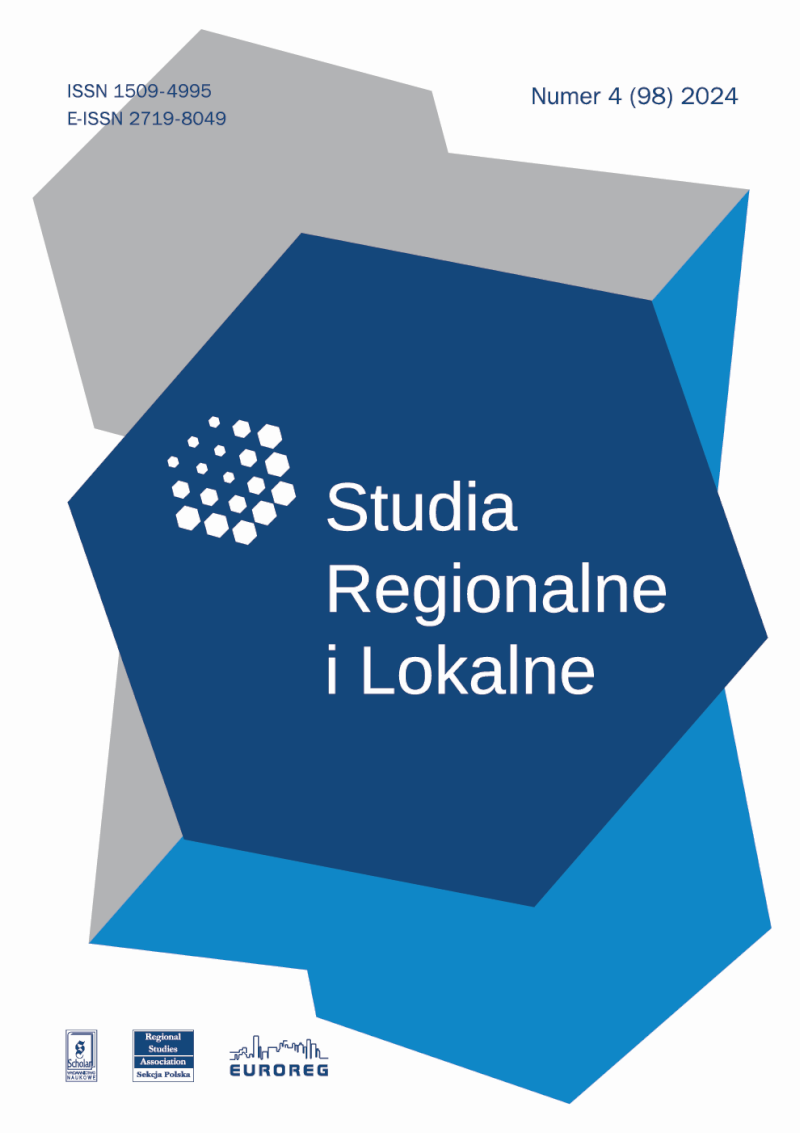Numer:
4(98)2024
Iga Kołodyńska, Tiina Rinne, Marketta Kyttä
Looking at the Suburban Landscape from the Functional Perspective – Taking Jan Gehl’s Approach to the Neighbouring Municipalities of Wrocław, Poland
DOI: 10.7366/1509499549802
Looking at the Suburban Landscape from the Functional Perspective – Taking Jan Gehl’s Approach to the Neighbouring Municipalities of Wrocław, Poland
Due to employment opportunities and service access, suburban lifestyles often involve strong functional relationships with the city. However, as a new living environment, the suburban area serves more than mere housing purposes, instead emerging as an arena for different kinds of leisure activities that positively influence health and well-being. With an awareness of the influence of suburban design on health and well-being, this study aimed to utilise a place-based approach to investigate the characteristics of necessary and optional activity points for suburban residents. To do so, we used Gehl’s categories for necessary and optional activities and data from the Public Participatory Geographic Information System (PPGIS). We employed the concept of activity spaces to describe individuals’ spatial behaviour for necessary and optional activities and characterise them. This study demonstrated that the relationship between suburban dwellers and the city is more highly reflected in necessary than optional activities. Suburban areas provide an environment for optional activities that mainly occur within settlement areas, agriculture, forest, and protected areas. Finally, the study concludes that the use of landscapes with high cultural and natural value for optional activities could be improved.
Afiliacja:
Iga Kołodyńska: Wrocław University of Environmental and Life Sciences, The Faculty of Spatial Management and Landscape Architecture, Institute of Spatial Management, ul. Grunwaldzka 55, 50-357 Wrocław, Poland; ORCID: 0000-0002-4275-528X;
iga.kolodynska@upwr.edu.pl Tiina Rinne: Aalto University, Department of Built Environment, P.O. Box 14100, 00076 Aalto, Espoo, Finland; ORCID: 0000-0001-8680-2263;
tiina.rinne@aalto.fi Marketta Kyttä: Aalto University, Department of Built Environment, P.O. Box 14100, 00076 Aalto, Espoo, Finland; ORCID: 0000-0001-9969-8194;
marketta.kytta@aalto.fi 


